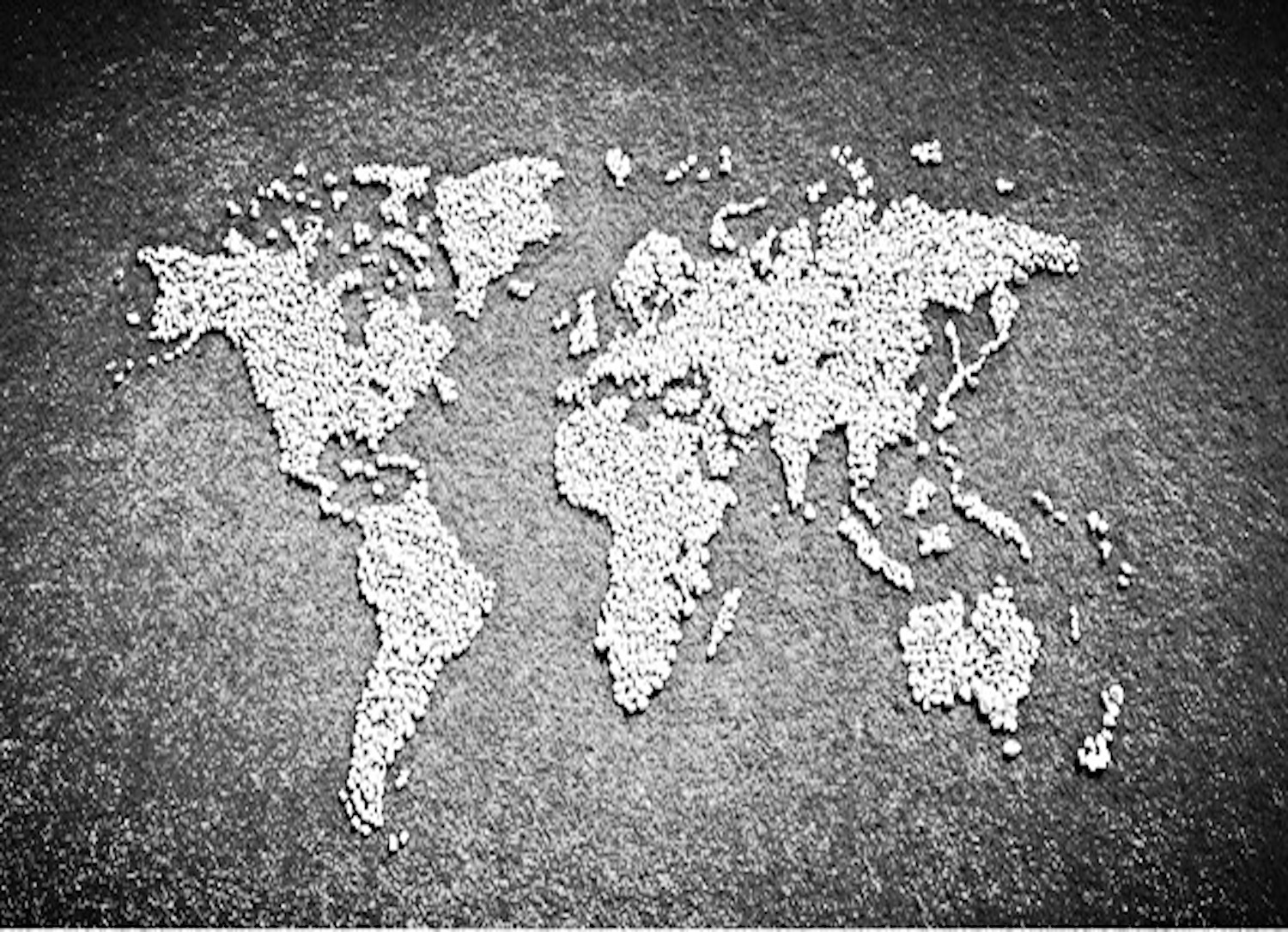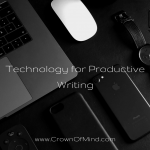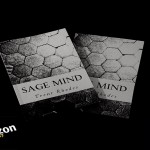[embedyt] http://www.youtube.com/watch?v=JgJzG_4hiCc[/embedyt]
Scene: Classroom
Your professor starts the lecture and you immediately feel compelled to either zone out or capture every word. So you take out your trusty notebook, pen and start writing down every word the professor speaks. You write down every word she writes on the board. And you try to write down every word she says when she commands, “Write this down.” At some point, you start feeling mentally exhausted. And you’re not even halfway done with the lecture. Unsure why, you assume note taking is just hard work and push on.
Scene: Work Meeting
You sit down with your colleagues, some have a notepad, others don’t. You chat for a few minutes before the meeting presentation starts. The leader throws out data points, gives you handouts, talks a lot about what ifs and strategies and then out of nowhere starts asking you for your thoughts on the situation. You have nothing really to contribute because you’re mind is tired already from writing down notes word-for-word.
If you’ve experienced any variation of these scenarios, you soon realized that something was off about the note taking process. Or, you felt like you just didn’t have enough coffee. Often, we can be so wrapped up in writing down notes that we fail to pay attention to the info coming in. So we can’t contribute or think critically about what we just heard. One method to eliminate this problem AND simultaneously increase your mind’s speed is to stop taking notes. The traditional way.
In school, we’re taught the common method of writing everything down. Word-for-word, every sentence in order, ensuring perfect punctuation. But since the mind truly cannot multitask (it focuses on 1 thing at a time, just slowly or quickly), when you’re writing notes down like this, you’re not really learning.
Enter the mind map.
This technique works more in harmony with how our minds work by nature, which is by association. All of our languages are made of symbols and sounds that have meaning associated with them. Our actions are associated with certain moods, tastes, energy, the list goes on. You can use a mind map in this way to make connections faster and speed up your learning.
Instead of writing full sentences, you can:
Practice writing keywords. Just like searching on Yahoo! or Google, you use keywords to go deeper into an idea.
If the lecturer says, “Hurricane Sandy was the worst weather event to hit NYC in over ten years.” You’d hone in on the keywords: Hurricane Sandy, worst weather event, 10 years. Make a circle or any shape and put the keywords in them. Draw lines out to expand the web and then you can continue the learning. So even without the professor going on, you should be able to make connections yourself like:
Hurricane Sandy – worst weather event – 10 years – Tri-state area – transportation – school closings – generators shut off – disaster scenario – banks closed – survival mode – like the movies – family – protection – living – world – climate change?
By the time you finish with the keywords, you could have a more complete understanding of the Hurricane Sandy event without writing a single, complete sentence.
Practice expanding the keywords without research first. Allow your mind to begin making connections without looking for sources. Then as you have a drought, gather more info and use only keywords to add to your map.
Practice putting sentences to your mind map by speaking it out loud. Now that you have a thorough map outlined, talking it out in detail will enable you to gain mastery of the content. When you see the keywords, they should provide you with the angles to focus on as you speak. Say it to yourself, voice record or tell someone else the details of your map.
Repeat and have fun. Make the maps colorful, different shapes, pictures, whatever feels creative for you.
A prime benefit of this method is you combine a natural tendency of the mind with images. You strengthen memory, the ability to recall ideas just by single words. Of course this will have a wonderful side effect of making you a more engaging conversationalist. You can talk about anything about anything because you can connect just about every and anything.
And since you have the skill of expanding your map, you can make connections to subjects not directly related to what you first talked about, “Hurricane Sandy was one of the worst weather events in 10 years in the Tri-state area. Transportation was just about shut down everywhere except for people who had cars and, even there were limits where cars could go. Banks closed and this made it feel like a disaster scenario. If you didn’t have cash, it was tough to buy things because some of the stores couldn’t use an ATM. Sandy was real-life evidence of what could happen if our systems broke down, like many of the disaster-type movies in Hollywood show us. We really should live with two views, one for how we live now with conveniences, and another for the chance that we’d have to live in survival mode.”






